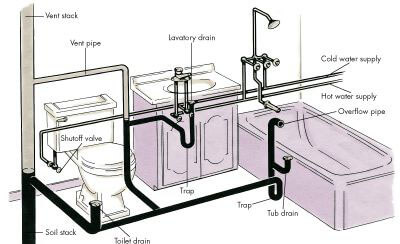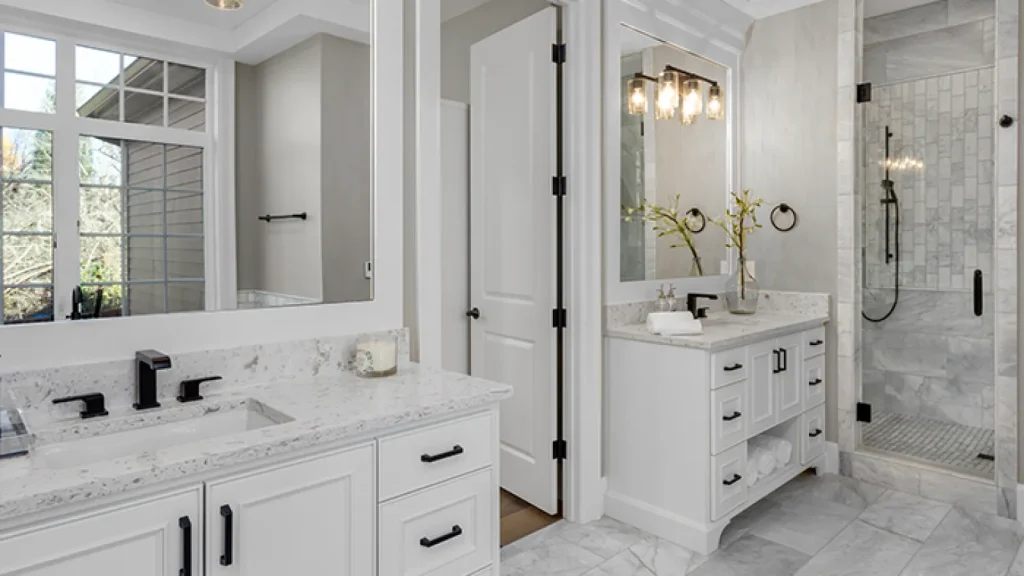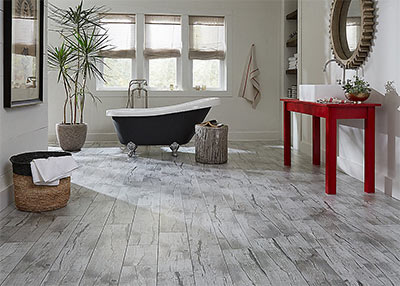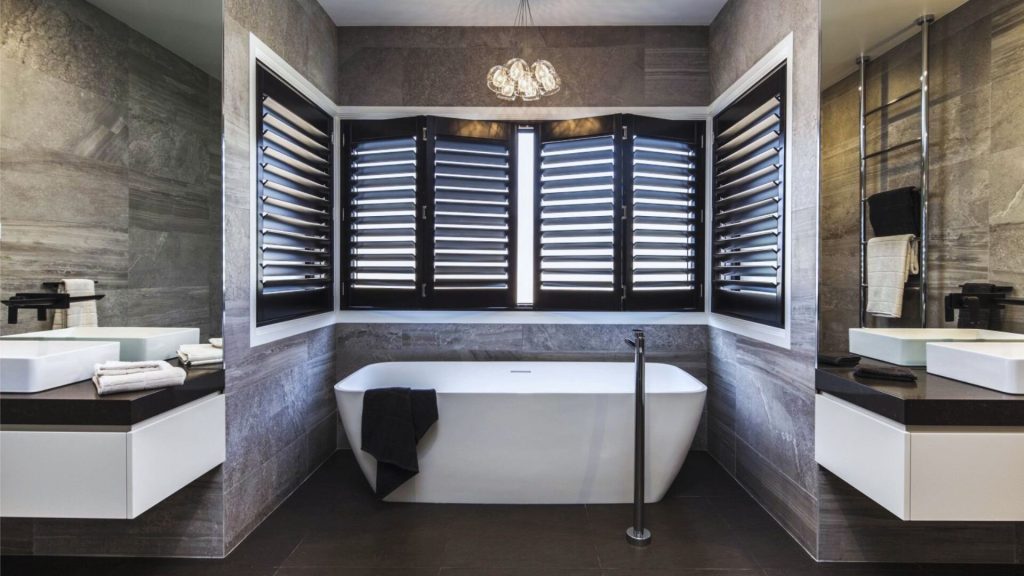Upgrading your bathroom plumbing is an essential aspect of any bathroom renovation project, whether you’re undergoing a small bathroom remodel or a luxury bathroom remodeling overhaul. Good plumbing is not only necessary for the efficient function of your bathroom but also ensures that the space remains free of water damage, leaks, and costly repairs down the line. In this article, we’ll cover what you need to know about upgrading your plumbing, including the latest bathroom design ideas, bathroom fixtures, and practical considerations for your bathroom remodel cost.
Why Upgrading Plumbing is Crucial in a Bathroom Renovation
When renovating a bathroom, plumbing is one of the most important aspects to address. From replacing outdated pipes to ensuring that your bathroom storage solutions fit seamlessly with your fixtures, plumbing upgrades are integral to your bathroom’s functionality and longevity.

- Prevent Future Issues: Older pipes, especially in renovating old bathrooms, can corrode or crack over time. Updating your plumbing ensures your bathroom remains leak-free and minimizes future repairs.
- Better Water Efficiency: An eco-friendly bathroom remodel often includes the installation of water-saving fixtures like low-flow toilets, faucets, and showerheads, which can help reduce water bills.
- Enhanced Functionality: Upgrading your plumbing opens the door to improving your bathroom design ideas. Whether you’re installing a walk-in shower design or adding a bathtub replacement, you need modern plumbing that supports your new setup.
Plumbing Considerations for Your Bathroom Remodel
When considering plumbing upgrades, here are key factors to think about based on your specific bathroom remodel planning:
1. Layout Changes
One of the first things you’ll need to address in your custom bathroom remodel is whether you’re changing the layout. Moving your bathroom vanity, shower, or toilet might require relocating plumbing lines. A shower remodel or the addition of a walk-in shower design can require complex plumbing adjustments, so it’s essential to hire an experienced bathroom remodeling contractor.
- Plumbing for Bathroom Remodel: Moving your toilet or adding a new shower could require rerouting plumbing pipes, installing new drains, and ensuring proper water pressure.
- Bathroom Remodel Timeline: Plumbing work can add time to your bathroom remodel timeline, especially if you’re installing new plumbing systems or dealing with older infrastructure.
2. Choosing the Right Fixtures

When upgrading plumbing, it’s also essential to choose the right bathroom fixtures that match the style of your new bathroom. Fixtures are more than just decorative—they’re integral to your bathroom’s performance.
- Smart Bathroom Technology: Consider installing smart bathroom technology, such as digital shower systems or motion-sensor faucets, which can be easily integrated into the plumbing system. This is a popular option for those undergoing a modern bathroom remodel.
- Eco-Friendly Fixtures: Sustainable bathroom design calls for the installation of water-efficient fixtures, including low-flow showerheads, faucets, and toilets. These updates will not only help conserve water but also align with your eco-friendly bathroom remodel goals.
3. Pipe Materials and Durability
When upgrading plumbing, it’s crucial to consider the materials used for your pipes. Modern plumbing systems often use materials like PEX (cross-linked polyethylene), which are flexible and resistant to leaks. Alternatively, you may opt for copper pipes, which are durable but pricier.
- Plumbing for Bathroom Remodel: Choosing the right pipe material can directly impact the long-term maintenance of your bathroom. For example, waterproof bathroom materials like PEX pipes are ideal for wet areas and are much easier to install in comparison to traditional copper.
- Bathroom Remodel Cost: Some plumbing materials are more expensive than others. If you’re working on a bathroom budget and need to save money, PEX pipes offer an affordable alternative that doesn’t compromise on quality.
4. Waterproofing

Waterproofing is essential, especially in high-moisture areas such as the shower or near the bathroom tiles. Upgrading your plumbing during a bath renovation allows you to ensure that all plumbing fixtures are sealed and protected from potential leaks, preventing water damage to surrounding walls and flooring.
- Shower Doors and Waterproof Materials: When designing a new shower space, the right shower doors and waterproof bathroom materials (such as tiles or grout) will help protect against water seepage. Installing waterproof materials in your bathroom flooring options will also reduce the chances of moisture damage.
Benefits of Upgrading Your Bathroom Plumbing
Upgrading your bathroom plumbing comes with numerous benefits that extend beyond functionality. Whether you are undergoing a bathroom makeover or a luxury bathroom remodeling project, here’s why it’s worth the investment:
- Increase Home Value: A well-plumbed, modern bathroom adds value to your home, which is especially important if you plan to sell later. Buyers will appreciate newer bathroom counters, updated fixtures, and a well-functioning plumbing system.
- Cost-Effective Over Time: While upgrading plumbing may seem like a significant upfront expense, it can save you money over time. Updated fixtures and water-efficient systems lower water consumption, and preventing leaks can save you from expensive repairs down the road.
- Improved Comfort and Convenience: Modern plumbing provides better water pressure, consistent hot water, and advanced features like bathroom lighting controlled via smart devices. These conveniences enhance your overall bathroom experience, whether you’re upgrading a small bathroom or renovating for spa bathroom features.
How to Stay on Budget with Plumbing Upgrades

Managing your bathroom remodel cost during a plumbing upgrade is crucial to avoid overspending. Here are some bathroom budget tips:
- DIY Plumbing Tasks: While it’s always recommended to hire a professional for major plumbing work, smaller tasks like replacing faucets or showerheads can often be tackled as part of a DIY bathroom renovation.
- Plan Ahead: Ensure all materials are ordered ahead of time to avoid any delays that could push the project’s cost higher. Proper bathroom remodel planning can help you avoid last-minute expenses.
- Work with a Reliable Contractor: For significant upgrades, work with an experienced bathroom remodeling contractor who can help you stay on track with both the timeline and the budget.
Final Thoughts: Planning for a Successful Bathroom Plumbing Upgrade
Upgrading your bathroom plumbing during a bath renovation is a vital step in creating a modern, functional bathroom. Whether you’re looking to incorporate bathroom storage solutions, enhance your bathroom lighting, or add luxurious features like a walk-in shower design, your plumbing needs to support those changes. As you plan your bathroom remodel before and after, keep in mind the importance of selecting the right materials, fixtures, and a reliable contractor. By focusing on sustainable, cost-effective plumbing upgrades, you can create a bathroom that not only looks fantastic but functions seamlessly for years to come.
